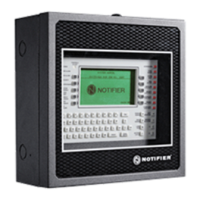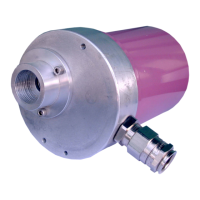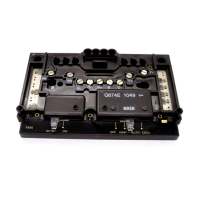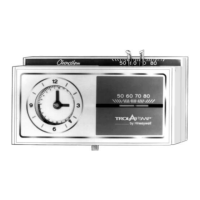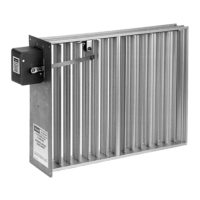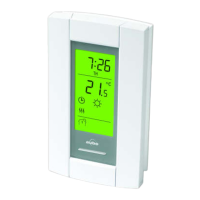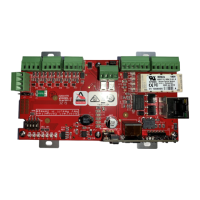14. Appendix E
14.1. Fieldbus Wiring Considerations
R400 Experion PKS Series A Fieldbus Interface Module User's Guide 515
July 2010 Honeywell
For example, if the 500m (1640ft) trunk cable is preferred type 1 cable and the spurs are
100m (328ft) preferred type 2 cable, the total cable equals 0.35 (500/1900 + 100/1200 =
0.35).
Cable Attenuation
Sig
nals attenuate or get smaller as they travel though cables. Attenuation is measured in
decibels (dB) based on the following formula.
dB = 20 log (V1/V2)
Where:
V1 = Amplitude of Transmitted Signal in Volts
V2 = Amplitude of Received Signal in Volts
Cables have attenuation ratings for a given frequency. The frequency of interest for
fieldbus is 39 kHz. The preferred type 1 cable for fieldbus has an attenuation of 3 dB/km.
A fieldbus device can transmit a signal as low as 0.75 volts peak-to-peak and detect a
signal as small as 0.15 volts peak-to-peak. This means that the cable can attenuate the
signal by 14 dB (20 log (0.75/.015) = 14 dB).
Based on using the preferred type 1 cable a fieldbus cable run could be up to 4.6 km
(15091 ft) long, as determined from this formula.
14 dB / 3 dB/km = 4.6 km
A shorter cable will have proportionately less attenuation.
For example, a preferred type 1 cable that is 500 m (1640 ft) long would have an
attenuation of 1.5 dB.
Signal distortion versus capacitance
Othe
r factors such as varying characteristic impedance, spur connection reflections, and
capacitive unbalance between the wires and shield can distort signals as they travel
though the cable. This means an ideal signal transmission that is within fieldbus
specifications can arrive at the other end of the cable as a distorted signal.
In addition to cable attenuation, calculations for determining the maximum fieldbus cable
length must also use the following guidelines to calculate signal distortion due to spurs.
Each spur is converted to an equivalent capacitance.
All spurs are assumed to be at the extreme end of the trunk.

